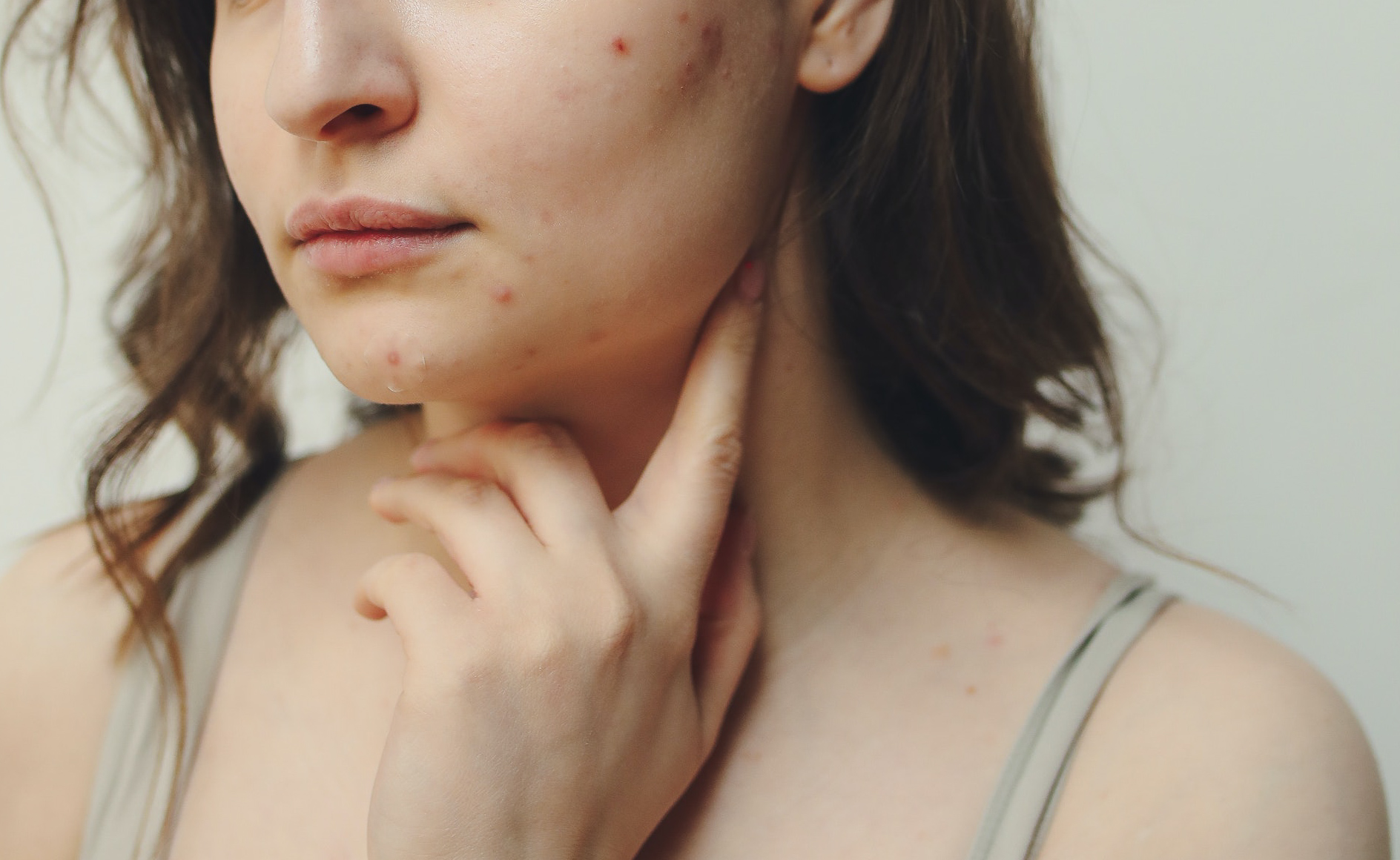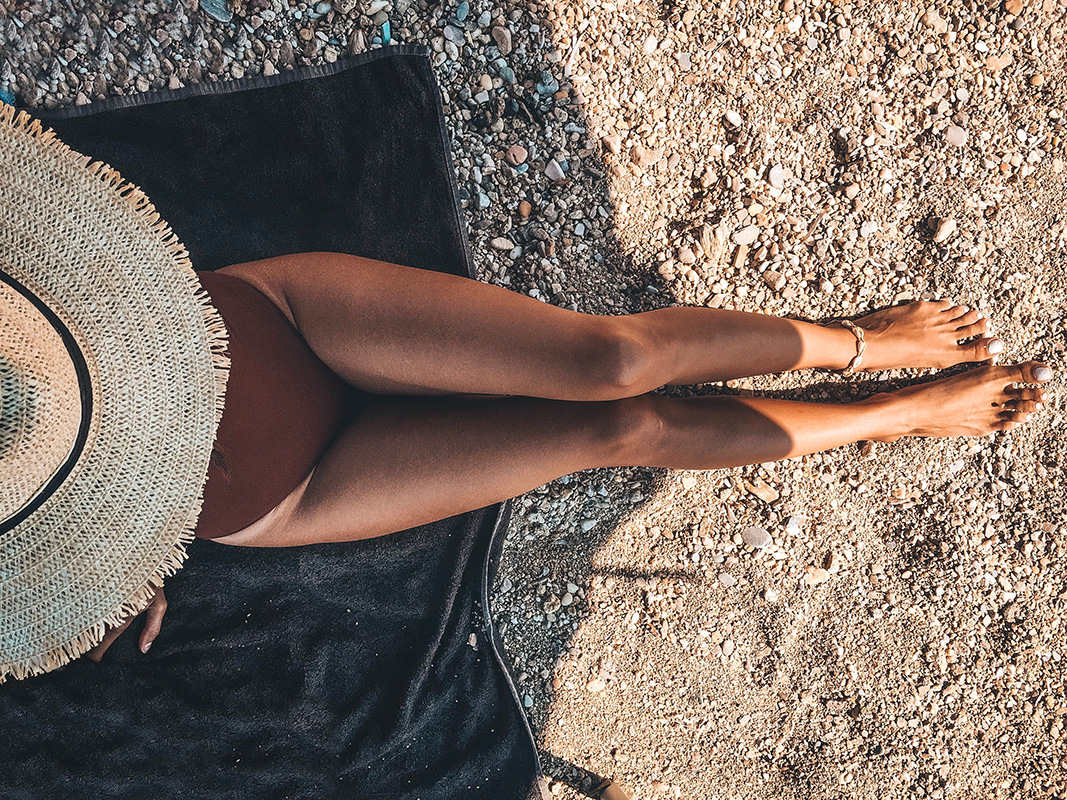Beauty
The Origins and Causes of Acne
Once upon a time, acne was considered to be a skin condition caused by human flaws. Ancient Egyptian...
Essential tips on how to take care of acne-prone skin
Problematic, acne-prone skin can give you a hard time, whether you are a woman or a man. You can hav...
Dermal Solarpunk with Natural Tanning
Sustainable coexistence with the sun continued. Is tanning “healthy” and can staying in the sun b...
Dermal Solarpunk with vitamin D
Sustainable coexistence with the sun. How far does the power of the sun reach? Skin caressed by ...




